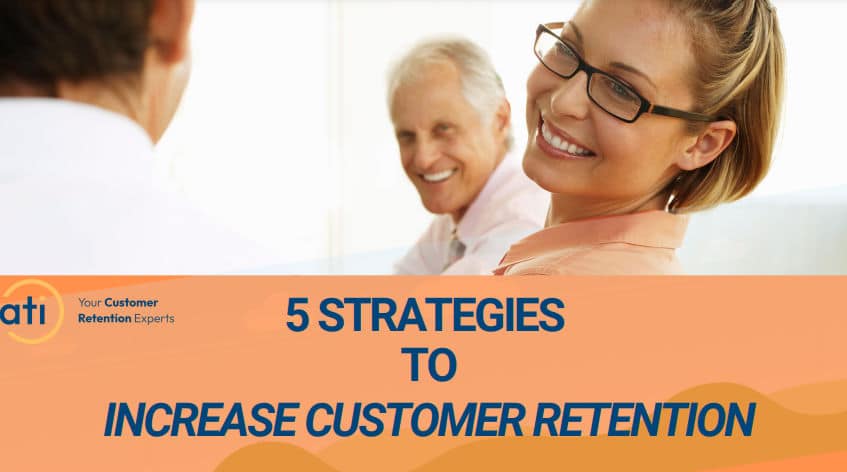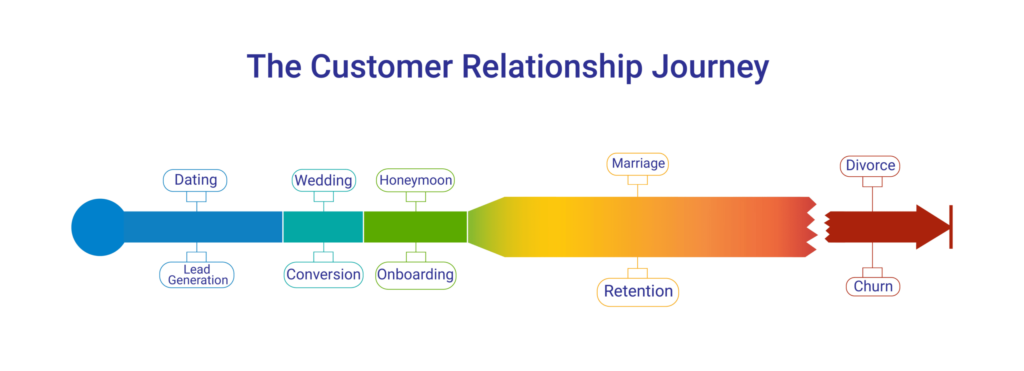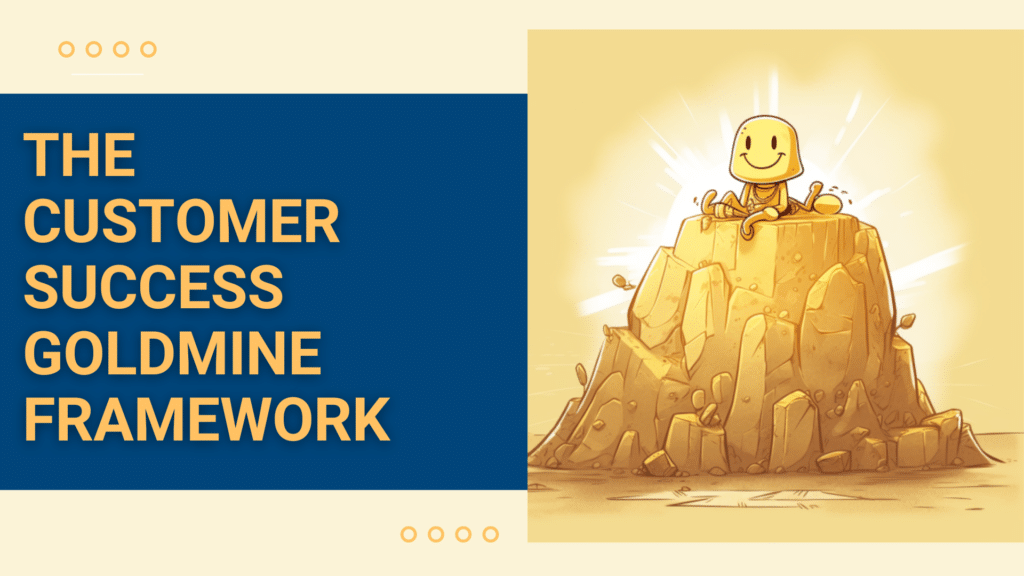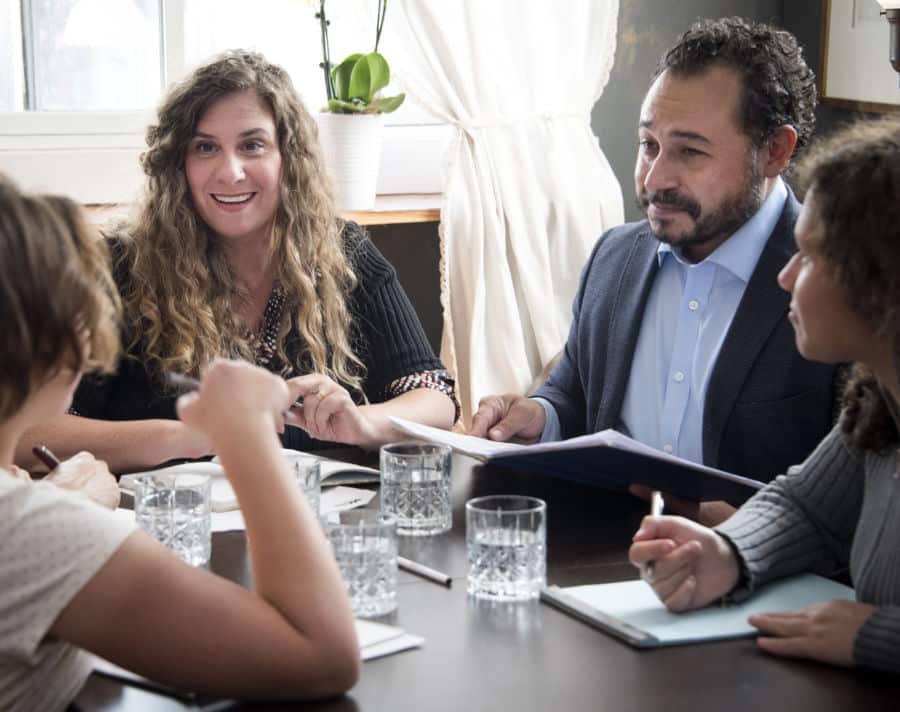Customer Success is the only team in a company that wears 2 hats:
- You are looking to achieve success for the customer
- You are looking to achieve success for the company
Increasing customer retention is the ideal place for Customer Success Leaders to wear these 2 hats simultaneously. Each gain in retention equals success for the customer and the company. But increasing customer retention is a lot like reducing churn – you have to try many different tactics in different parts of the customer journey to make incremental gains. And because customer needs are always changing, the work to increase retention is never done—what worked 6 months or a year ago may no longer work.
However, there are strategic ways you can increase retention. These strategies work no matter how your customer needs change. That’s because they focus on primary key areas — the customer journey, customer relationship and customer feedback.
Why increasing customer retention is hard
Customer relationships are a lot like romantic ones. What worked at the beginning of the relationship when you were dating isn’t going to work in the same way once you’re married.
It’s no different with customer relationships. Marketing and sales are sexy and fun—they’re the dating part of the relationship. They’re talking to a lot of prospects and setting expectations of what the customer experience will be like. They create a lot of buzz and excitement.
Customer Success, on the other hand, is the marriage. You know how hard Customer Success has to work to build strong and lasting relationships with customers. Short-term tactics don’t work well here. Instead, it’s a long-term commitment to working with customers to identify and keep up with their ever-changing goals and needs while helping them achieve success.
Just like in marriage, keeping a customer relationship strong and lasting means you have to work on many different fronts, including communication, dealing directly with issues and looking and listening for both positive and negative changes in sentiment and behavior over time.
Here are 5 strategic ways to make that happen.
Onboarding
No surprise that onboarding is one of the strategic places in the customer’s journey to improve retention. No need to tell you how critical onboarding is to building a strong and lasting customer relationship.
One of the lesser known but incredibly valuable ways to increase retention during onboarding is to focus on reducing the time to first value (TTFV). The longer a customer must wait to experience their first value, the more likely they will start to doubt their decision to become a customer.
This is because of a change in the customer’s emotional state. As much as we like to think that B2B buying decisions are strictly rational, they are heavily influenced by emotions. Loss of status in front of colleagues, fear of the solution not working, concern over the team’s response to the implementation of a new product – these feelings are all happening in the background when a purchase is made.
When prospective customers are thinking of your solution, their expectations and emotions are fairly low. As they progress in through the buying process, their emotions and expectations increase as they realize your product can help them. Emotions and expectations are at an all-time high at the point of purchase. Customers are often hopeful and enthusiastic about the choice they made (even if it’s cautiously enthusiastic).
However, if the customer must wait to achieve that first value, their emotions change – from hopeful and enthusiastic to worried and concerned. Depending on the customer, they may even experience frustration or anger. At this stage, customers are experiencing ‘buyer’s remorse’.
Buyer’s remorse is when a customer regrets the purchase they’ve made. Every single one of us has regretted purchasing something in our lifetimes – from clothes to food to software – we’ve all experienced buyer’s remorse. We’ve gone from excited and happy at the time of purchase to unhappy and regretful with the purchase we’ve made.
By focusing on reducing the Time to First Value (TTFV), Customer Success Leaders can minimize the chance that customers will experience buyer’s remorse. Even a small decrease in the time it takes for customers to achieve their first value will make a difference in keeping buyer’s remorse at bay. And, it goes without saying, the less customers experience buyer’s remorse, the more likely they are to stay as a customer.
Insightful Surveys
One of the first customer feedback tools most Customer Success Leaders implement is some sort of survey. Some of the most popular are Net Promoter Score (NPS) and Customer Satisfaction (CSAT). These short one-question surveys give CS Leaders a quick overview of their customers.
Surveys can play a powerful role in increasing customer retention. One of the most obvious ways is when a customer fills out an NPS survey and is calculated to be a Detractor. Many companies have playbooks that require a CSM or CS Leader to reach out to Detractors to find out why they gave such a low score. Many times after such a call, the customer’s complaint is resolved. At that point, the customer moves from Detractor to Passive or even Promoter.
But the biggest way to increase customer retention is to focus on the Passive group of NPS customers. They are the ones who aren’t experiencing happiness or unhappiness. These customers are effectively sentiment neutral. Instead of overlooking them, add them to your outreach list. Before reaching out to them, look and see how they responded to their last NPS survey. Has their sentiment changed? If so, find out in your outreach why this change occurred. This will give you insight into possible unidentified churn risks and proactively help you reverse that risk.
Lastly, surveys are incredibly powerful in increasing customer retention if you run a survey immediately after customers achieve their Time to First Value. While their emotions are still high from their win, ask them about their onboarding process. You’ll find you have a greater response rate if you strategically place your survey right after their first win. Ask a couple of questions about what they liked about the onboarding process and what they didn’t like. Using these insights, you can make targeted changes to your onboarding process which will help more of your customers complete their onboarding.
Use Exit or Churn Interviews
Customer interviews are one of the fastest ways to increase customer retention. While surveys are great for getting an overview, they are a monologue – you can’t ask your customers to expand on the answers they give. This leaves you guessing and inferring the context around their answers.
Customer interviews, on the other hand, are a dialogue. When your customer answers a question, you can ask them to expand on their answer. Having run thousands of customer interviews, we’ve found that the biggest nuggets of golden customer insights come from these expanded answers. Customers will often reveal incredibly valuable insights that no survey can ever come close to obtaining. Whether you run the interviews in-house or chose a 3rd party like us, you will never regret the depth of insights you’ll receive from your customers.
Simply put, customer interviews will provide you with the answers you’ve been looking for.
Two of the most powerful types of customer interviews to increase retention are churn and exit interviews and post-onboarding interviews.
Churn and exit interviews occur when customers have either churned or have notified you that they will not renew their contract. Asking customers about their decision to leave provides you with data that you can use to prevent other customers from leaving. You can either run your own churn or exit interviews (this guide shows you how) or you can hire a 3rd party like us (apply to work with us).
One of our clients here at Anita Toth Inc was able to decrease their churn by 10% just by adding customer exit interviews to their offboarding process.
Over the course of these interviews, our clients discovered that their customers were leaving because of a few very frustrating parts of their onboarding journey.
Once those areas were identified and fixed, our clients saw an immediate 10% decrease in their customer churn.
Post-onboarding surveys are a great way to ask customers if they would participate in an interview about their onboarding experience. Much like the churn and exit interviews, the data you’ll receive in an interview will pinpoint bottlenecks and parts of your onboarding that increase the likelihood of churn. Using the data from your post-onboarding interviews, you can target those churn risk areas of your onboarding and neutralize them.
Closing the Loop
We all know that disengaged customers are more likely to churn. Yet, keeping customers engaged can be tricky. One unique way to increase customer engagement that, at the same time, is very helpful to you is to close the loop with all your customers at regular intervals.
In this case, closing the loop is used around the feedback you receive from your customer surveys, focus groups and interviews.
Use these best practices for closing the loop at scale or at a personal level:
Closing the loop at scale
Closing the loop at scale is about viewing your customers as a group – you can either send out a communication to your entire customer base or to specific customer segments.
- Ask yourself what would be of most interest to your customers.
- Use hard data that shows customer trends that customers would find interesting.
- Use direct customer feedback like quotes or testimonials to help customers better identify with the data you’re presenting.
- Add in a video or a quote from the executive team about their thoughts on the results. Customers love to know how their feedback impacts key decision-makers in the company.
- Build curiosity for the next time you’ll be closing the loop. Tease what the next communication will focus on and how it will benefit the customer.
- Ask for your customers to reply. Consider sharing their thoughts in your next close-the-loop communication.
Closing the loop with individual customers
- Identify the specific reason for reaching out to the customer.
- Present the data to support what you’re sharing in a way that makes the most sense to that specific customer.
- Specify how this directly affects or impacts the customer you’re communicating with.
- Ask for the customer to reply. Record their responses for future close-the-loop communications.
Closing the loop with customers is a great way to increase engagement. The benefit of closing the loop with customer feedback is that your customers are more likely to fill out the next survey you send or offer to participate in your next round of customer interviews. When customers know they’re heard and their feedback is valued, the more likely they are to participate in the future. And the more customer feedback you’ll receive, the easier it makes for you to spot opportunities to increase customer retention.
Difficult Conversations
There are 2 main conversations Customer Success teams have with their customers that affect retention. One is where the company has made an error and needs to reach out to customers about it. The second is where the customer isn’t taking the recommended actions for their success.
Both of these situations provide a good opportunity to increase retention, if a difficult conversation takes place first.
For some customers, a simple email conversation may be enough. In most cases, however, a face-to-face conversation is the best approach. Much like in point #2 about reaching out to Passive and Detractor NPS respondents, you’ll want to book a time to speak with customers who are heavily impacted by the error your company has made or who are at a high risk of churning because they’re not taking the recommended actions for their success.
In both these cases, it’s helpful to speak directly to the customer so you can better understand their thoughts and feelings. This will help you offer solutions or support that is better suited to their situation and increase the chance that they’ll stay as customers.
(Learn more about how to have better difficult customer conversations that result in better outcomes.)
Using these 5 strategies, Customer Success Leaders can increase customer retention from 5% – 30% or more. While these strategies do take some work and commitment to implement for the first time, the positive outcomes will speak for themselves.






